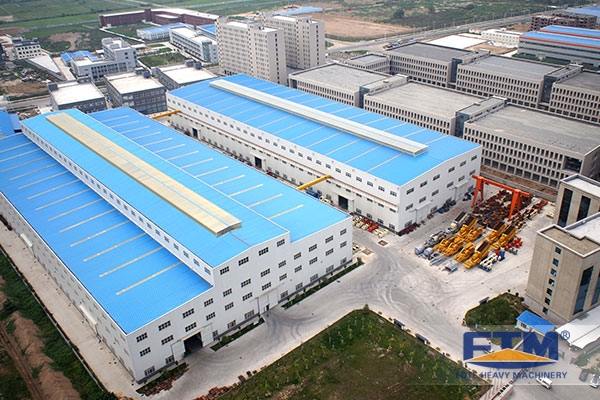NEWS
Introduction and Features of Rod Mill
By: Fote MachineryNovember 19th,2020
Brief in Rod Mill
Rod mills are equipment used to grind ore, which can carry out different grinding tasks according to different working conditions. Generally speaking, rough grinding is particularly suitable for rod mills. Rod mills are currently widely used, mainly used in coal chemical, building materials, mining, etc. and grinding operations that require relatively high product uniformity. In recent years, they have also been used in the construction sand making industry.
There are two types of rod mills, dry type and wet type, which can be selected according to the actual situation of the customer.
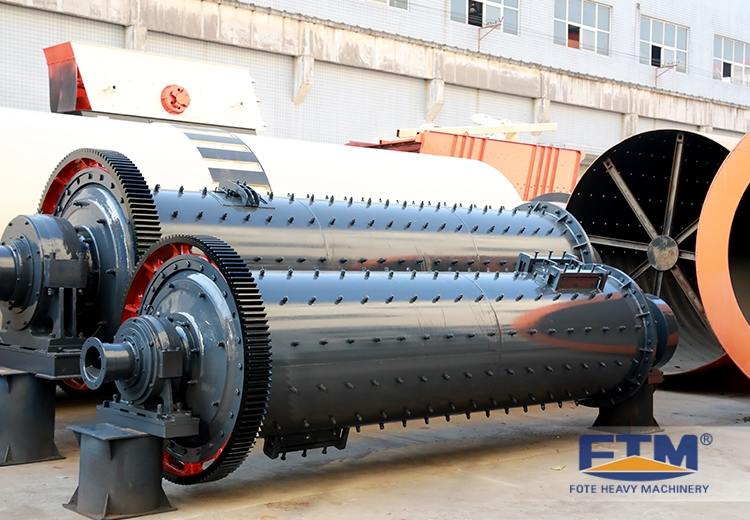
Application
1. Grinding rare metal ores
For gravity separation plants or magnetic separation plants of tungsten-tin ore and other rare metal ores, in order to prevent excessive pulverization of valuable minerals, a rod mill with a light pulverization is often used in the coarse grinding stage.
2. Replace the cone crusher for fine crushing
When processing softer or harder ore, especially when the clay content is higher and the viscosity is higher, the use of a cone crusher for fine crushing will not only cause dust, but also easily cause the crusher to agglomerate. If a rod mill is used instead of a cone crusher, it can grind the ore from 20-30 mm to 6-10 mesh, thereby reducing the cost and simplifying the removal of fine dust.
For hard ore, it is necessary to determine whether to use a rod mill or a cone mill plus closed-circuit screening according to the actual situation.
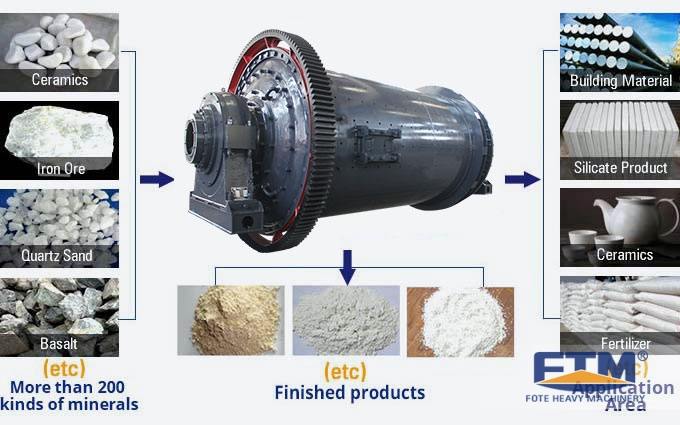
Working Principle
The rod mill is an asynchronous motor connected with a pinion gear through a reducer, which directly drives the surrounding large gear to decelerate and drive the rotating part to rotate.
The material enters the cylinder continuously from the feeding part. The inside of the cylinder is equipped with a suitable grinding medium-steel rod. The grinding medium crushes the material under the action of centrifugal force and friction force, and discharges the product out of the machine through overflow for the next process.
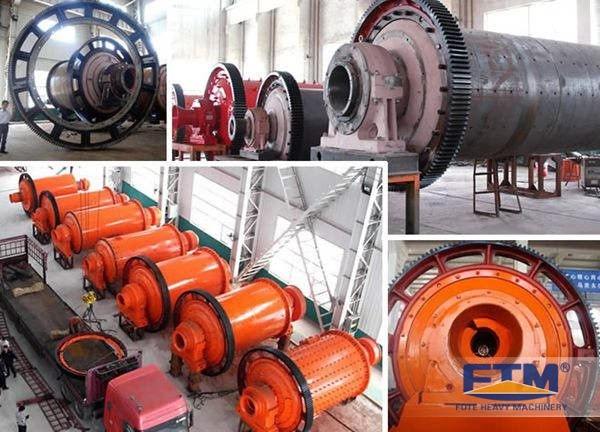
Features
1. Rod mills usually use steel rods with a diameter of 50-100 mm as grinding media.
The length of the steel rod is 25-50 mm shorter than the length of the cylinder, and is usually made of high-carbon steel with a carbon content of 0.8%-1%.
2. The loading capacity of the rod is about 35%-45% of the effective volume of the rod mill.
3. The ratio of the length to the diameter of the rod mill is usually 1.5-2.0, and the inner surface of the bushing on the end cover should be a vertical plane. The purpose is to prevent and reduce the irregular movement, bending and breaking of the steel bar to ensure the regular movement of the steel bar.
4. The rotating speed of the rod mill should be lower than that of the ball mill of the same specification, so that the internal medium is inclined.
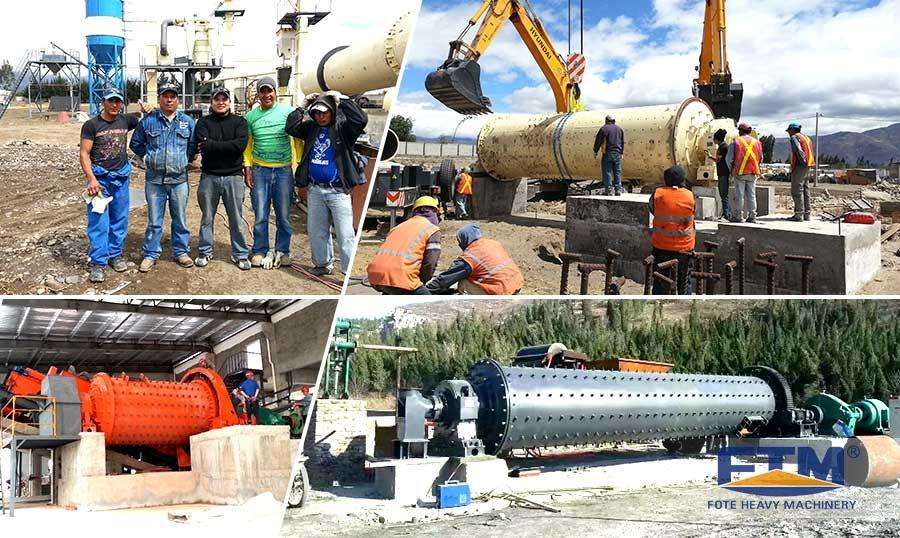
Advantages
1. Save driving force
Compared with the old equipment, the rod mill can save more than 40% of the power, thereby reducing a lot of costs.
2. Uniform output
The rod mill with advanced technology can selectively grind materials, increasing the production capacity by nearly 50%.
3. Fine granularity
The particle size is relatively uniform, with almost no crushed particles, which can meet customer standards.
4. High efficiency
For coarse crushing of the same specification, the processing capacity of the rod mill is greater than that of the ball mill, and the efficiency is higher.
5. Advanced technology
The company adopts advanced output controllable technology, combined with customers' actual grinding materials, and uses suitable grinding material rods.
FTM® Rod Mill has been in existence for more than 30 years since its establishment. It has three production bases in China and its products are sold to more than 160 countries around the world, welcome to consult with.
